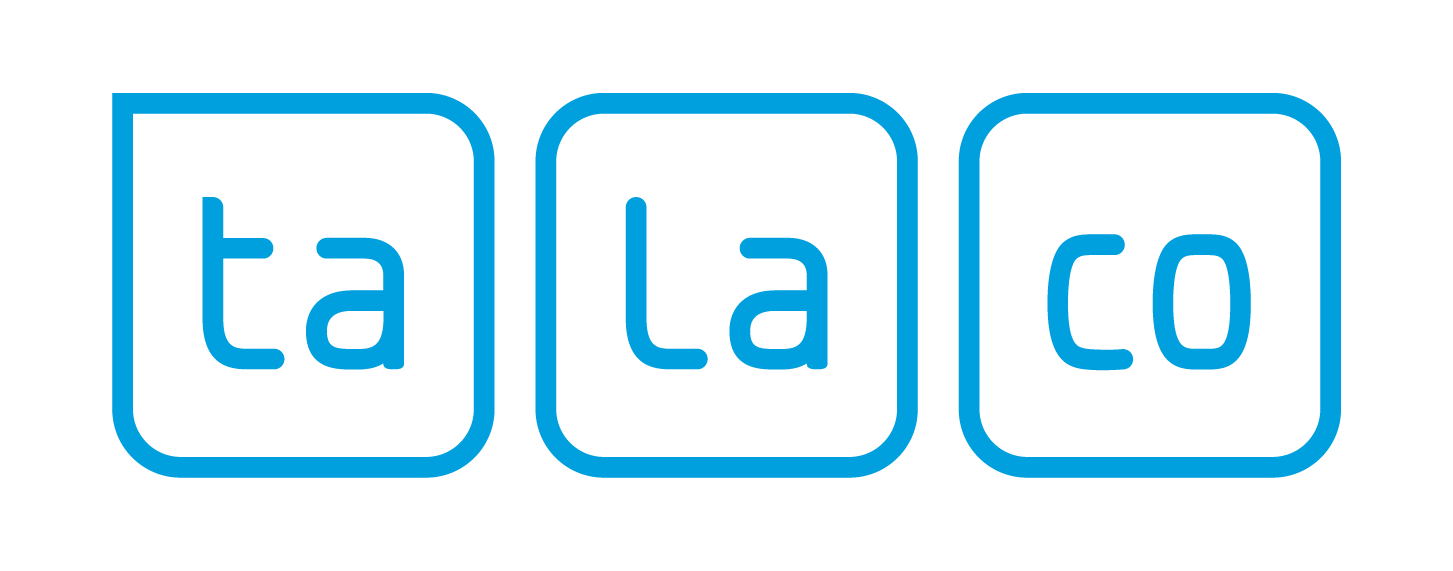Apple ventures into the realms of both virtual reality (VR) and augmented reality (AR), encompassing everything that lies in between these immersive technologies.
Today’s edition of TMA is heavily focused on Apple, so get ready for an Apple-centric ride. During yesterday’s WWDC 2023 keynote, Apple divulged nearly all the details about its inaugural spatial computing headset, known as the Vision Pro. True to Apple’s characteristic approach, the Vision Pro boasts a design that sets it apart from existing headsets. Engadget’s Devindra Hardawar aptly described the Vision Pro as the iPod was to traditional MP3 players and the iPhone was to BlackBerry, highlighting its distinctiveness and potential for groundbreaking innovation.
The Vision Pro is a standalone headset, albeit with a battery pack, that eliminates the need for traditional controllers. Instead, it utilizes a combination of external and internal sensors, as well as cameras, allowing users to interact with the device using voice input and hand/eye gestures. Functions such as selecting items can be performed by finger-pinching, while scrolling can be achieved through a pinch-slide motion in various directions. One notable advantage is that, unlike the Oculus Quest series, users can comfortably make these hand gestures even when their hands are resting on their lap, eliminating the need for exaggerated movements reminiscent of a “Minority Report” cosplayer. A unique feature is EyeSight, which utilizes the curved display on the exterior of the headset to showcase users’ eyes and reactions while they are wearing the device.
Apple’s visionOS, specifically designed for this innovative product, combines elements from both iOS and macOS. It is powered by a new R1 chip and an M2 processor, delivering seamless and highly responsive standalone performance, as described by Apple. Similar to the Apple Watch, tapping the digital crown reveals app icons, while in certain demonstrations, rotating the crown seamlessly merges augmented reality with a more immersive experience. For a detailed account of our initial impressions, you can read the full review here. However, if you’re eager to try it yourself, be prepared for a wait and some saving up, as the Vision Pro comes with a hefty price tag of $3,499 and won’t be available until early 2024. Customers outside the United States will have an even longer wait ahead of them.
Moreover, the Vision Pro offers the ability to use familiar apps like Safari and others while simultaneously interacting with real-world objects or individuals. Apple has also announced the development of a dedicated version of the App Store exclusively for the Vision Pro, serving as the primary platform for downloading new AR and VR software. While primarily designed for home use, Apple highlights that the Vision Pro can serve as an excellent collaboration tool for individuals on the go, thanks to updated versions of popular apps like FaceTime.
In contrast to a typical video call, Vision Pro users will be represented by a unique digital avatar known as a Persona. This digital representation is generated using data gathered from the headset’s sensors and an advanced machine learning algorithm developed by Apple. On the other hand, for users who prefer a more conventional work environment, the Vision Pro can be paired with a Magic Keyboard and Trackpad, allowing for the creation of a traditional desktop setup to facilitate serious work tasks.
Another notable feature of the Vision Pro is the integration of Apple’s first-ever 3D camera. This camera offers the capability to capture special moments with enhanced depth information, providing a more immersive and engaging visual experience. Additionally, the camera aids in clearly indicating when recording is taking place, ensuring transparency and privacy. Moreover, for users seeking entertainment options, the Vision Pro includes a dedicated mode for watching videos on a virtual screen that can expand up to an impressive 100 feet in width. In terms of gaming, Apple asserts that the Vision Pro supports over 100 different titles from the Apple Arcade library. Furthermore, users have the flexibility to pair the headset with a PlayStation 5 or Xbox controller, enabling an enhanced gaming experience.
To uphold Apple’s stringent security standards, the Vision Pro incorporates a novel authentication system called Optic ID. This system utilizes a person’s iris for unlocking and signing into the device, adding an extra layer of security. Apple emphasizes that Optic ID data is fully encrypted and stored solely on the device itself. Importantly, information regarding a user’s gaze or where they look will not be shared with any third-party applications or websites, ensuring privacy and confidentiality.

